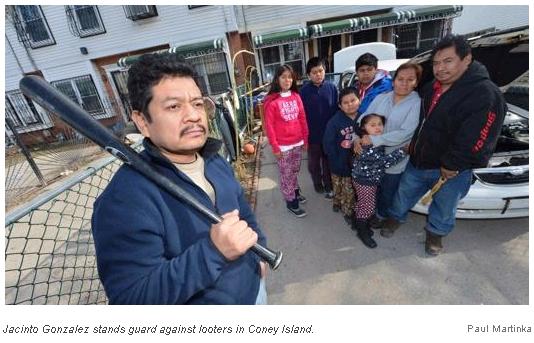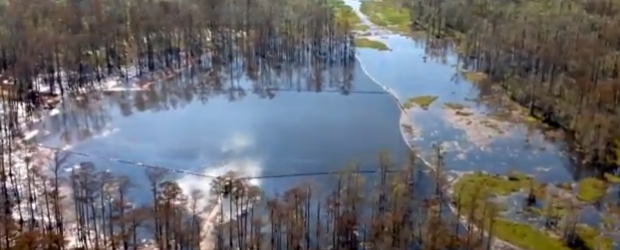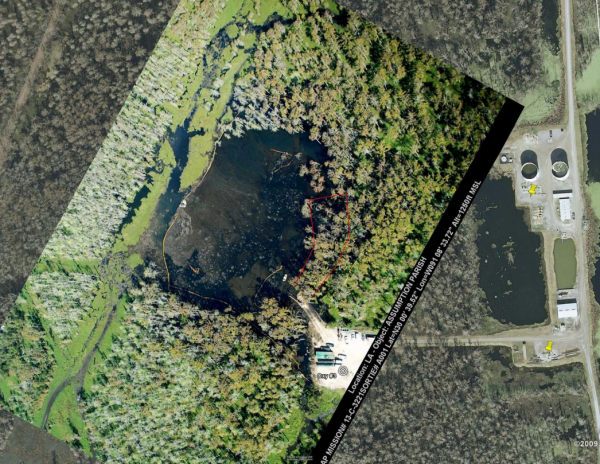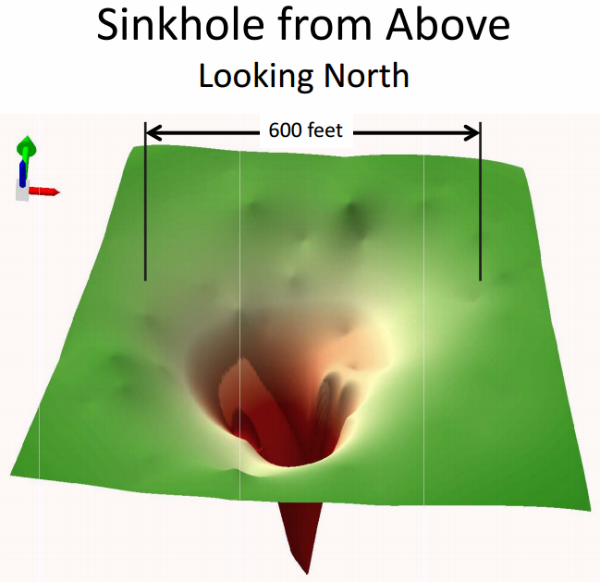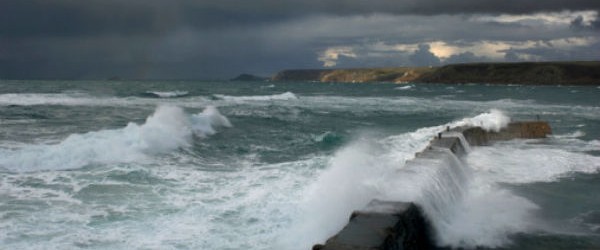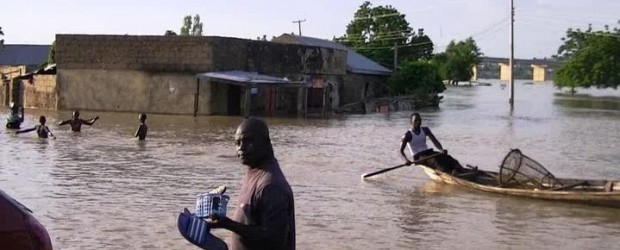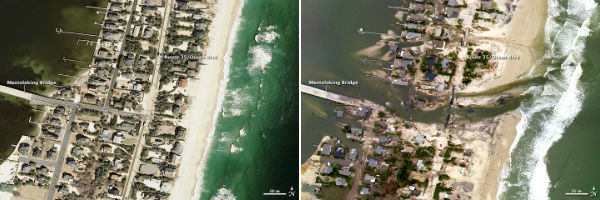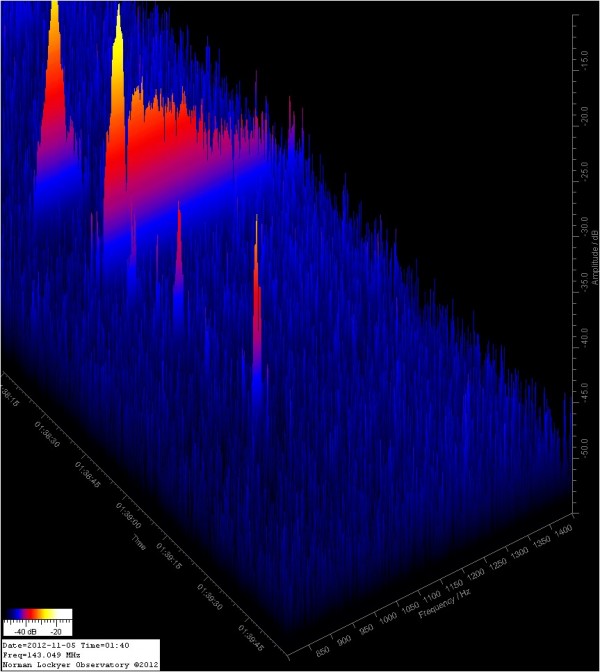(NaturalNews) Keeping up with the latest science regarding chemical safety is apparently of little or no concern to the Canadian government, which recently declared the highly-toxic plastics chemical bisphenol-A (BPA) to be safe just two years after declaring it to be a toxin. In a report issued by Health Canada's Food Directorate, the agency has iterated its unfounded position that exposure to BPA in food packaging "is not expected to pose a health risk to the general population, including newborns and young children."
The announcement is curious as Canada was one of the first countries to question the safety of BPA back in 2008, right around the time that emerging science began to show that the chemical leeches out of containers and into food and drinks. A Canadian government panel at that time had determined that BPA is potentially linked to hyperactivity in children, breast and prostate cancers in adults, and birth defects in newborn babies, among other conditions, which led many product manufacturers to voluntarily phase out the use of BPA.
"Our science indicated that bisphenol-A may be harmful to both human health and the environment and we were the first country to take bold action in the interest of Canadians," said Canadian Health Minister Leona Aglukkaq in a statement back in 2010.
But in typical wishy-washy fashion, these same corporate-backed bureaucrats are now back-peddling by trying to claim that BPA is just fine, even for infants and babies. In complete denial of copious amounts of evidence showing that even low levels of exposure to BPA can cause organ damage, developmental disorders, reproductive damage and infertility, digestive dysfunction, DNA damage, endocrine disruption and many other conditions, Health Canada is attempting to pull the wool over the eyes of the public by blatantly kowtowing to the chemical industry.
Th U.S. Food and Drug Administration (FDA) has also flip-flopped several times on the BPA issue, having recently banned BPA from children's drinking cups after vehemently denying a few years earlier that BPA was at all dangerous (http://www.nytimes.com). The positions on BPA held by both the Canadian and U.S. governments are dubious at best, and have led to much public confusion about the chemical.
But the science is clear -- or at least clear enough for those that have eyes to see and ears to hear the truth. The simple fact that BPA can bio-accumulate in the body over time is reason enough to be leery of perpetual exposure to this known hormone disruptor, not to mention the many other health conditions linked to BPA exposure.
The announcement is curious as Canada was one of the first countries to question the safety of BPA back in 2008, right around the time that emerging science began to show that the chemical leeches out of containers and into food and drinks. A Canadian government panel at that time had determined that BPA is potentially linked to hyperactivity in children, breast and prostate cancers in adults, and birth defects in newborn babies, among other conditions, which led many product manufacturers to voluntarily phase out the use of BPA.
"Our science indicated that bisphenol-A may be harmful to both human health and the environment and we were the first country to take bold action in the interest of Canadians," said Canadian Health Minister Leona Aglukkaq in a statement back in 2010.
But in typical wishy-washy fashion, these same corporate-backed bureaucrats are now back-peddling by trying to claim that BPA is just fine, even for infants and babies. In complete denial of copious amounts of evidence showing that even low levels of exposure to BPA can cause organ damage, developmental disorders, reproductive damage and infertility, digestive dysfunction, DNA damage, endocrine disruption and many other conditions, Health Canada is attempting to pull the wool over the eyes of the public by blatantly kowtowing to the chemical industry.
Th U.S. Food and Drug Administration (FDA) has also flip-flopped several times on the BPA issue, having recently banned BPA from children's drinking cups after vehemently denying a few years earlier that BPA was at all dangerous (http://www.nytimes.com). The positions on BPA held by both the Canadian and U.S. governments are dubious at best, and have led to much public confusion about the chemical.
But the science is clear -- or at least clear enough for those that have eyes to see and ears to hear the truth. The simple fact that BPA can bio-accumulate in the body over time is reason enough to be leery of perpetual exposure to this known hormone disruptor, not to mention the many other health conditions linked to BPA exposure.


